Saving the Monarch Butterfly: How Rural Land Owners Can Help
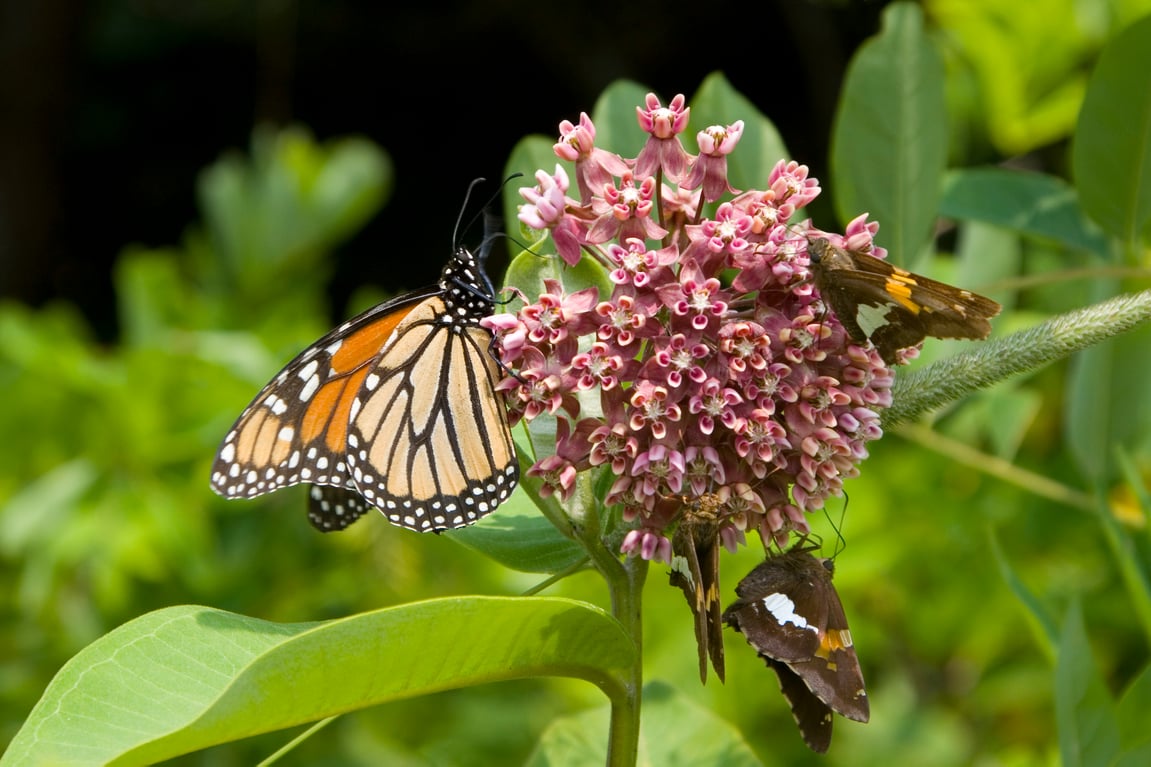
It's monarch migration time in the South, but these beautiful butterflies need our help. The science program manager at Monarch Joint Venture shares what's threatening the monarch and how rural land owners & citizen scientists can help.
This time of year, the weather grows cooler and the leaves begin changing, signalling the beginning of fall. The fall season also kicks off southerly migrations, one of which is the migration of the Eastern Monarch Butterfly to its wintering grounds in Mexico.
Some of these insects fly as far as three thousand miles before settling in the Sierra Madre Mountains of central Mexico, but their paths are fraught with hardships. Due to habitat loss, invasive species of nonnative milkweed and parasites the monarch butterfly’s numbers are not at an ideal level.
But thanks to volunteers nationwide and conservation organizations like Monarch Joint Venture, their numbers are slowly but surely improving.
I recently had the pleasure of speaking with Jennifer Thieme, the science program manager of seven years at Monarch Joint Venture.
According to Jennifer, “Habitat loss is the primary driver of the steep monarch decline prior to the 2000s.” The milkweed plant is known as a “host plant” for the monarch butterflies and is critical to monarch survival.
Each spring, the butterflies migrate into the United States to lay their eggs on the milkweed plants. Then, when the eggs hatch, the larvae eat the leaves and form their chrysalises on the plants.
When the adult monarch emerges from the chrysalis, it will feed on the nectar of the milkweed, causing it to store the toxins in its body. This, in turn, makes the monarch butterflies toxic to predators.
Encouraging Monarch Habitat
Jennifer and her team at Monarch Joint Venture are encouraging people everywhere to take a look at their landscape, especially those in rural settings.
One situation that benefits the Monarch butterfly is the elimination of widespread blanket spraying of native weeds and grasses.
Instead, Jennifer recommends setting aside the less productive areas that are not making or yielding enough of a profit, to cost-share and plant these areas with a variety of native plants.
There are even programs and grants available to assist with the cost of starting these areas. Native plants and grasses are not only beneficial for the Monarch butterfly but also assist other pollinators.
Related reading: How to Plant a Pollinator Garden in the South

Other Contributors to Monarch Population Loss
Another contributing factor to the decline in monarch population is a parasite known as Ophryocystis elektroscirrha (OE).
Ophryocystis elektroscirrha
These parasites attach themselves to monarch adults when they are feeding on milkweed plants and are then passed along to the eggs and caterpillars when they hatch.
According to Project Monarch Health, the most damage to the Monarch is during the chrysalis stage.
The OE not only reproduces but also forms spores that attach themselves to the adult as it emerges from the chrysalis. These parasites stunt the growth of the adult butterfly, leading to poorly developed wings that make it difficult for the adults to migrate.
Recently, Project Monarch Health has studied how OE is affecting migrating populations of monarchs and has noted that less than eight percent of those butterflies returning to Mexico carry or are infected with the spores.
However, there are monarch butterflies located along the Gulf Coast and in the Florida panhandle that do not migrate to Mexico each fall. Of those that winter in the United States, over seventy percent carry the OE spores.
Non-Native Milkweed
One cause of these butterflies' lack of migration is the presence of a non-native species of milkweed called Tropical Milkweed, which originates from Central and South America.
Milkweed native to the US will die back every year during the fall, forcing butterflies to migrate south in search of food. The nonnative milkweed flowers all year in warmer climates, which allows butterflies to thrive and also perpetuate the OE that has infested them.
Landowners are encouraged to either dispose of this nonnative milkweed or cut it back each fall to help eliminate the spores and promote a regular monarch migration.

Other Ways To Help the Monarch
Monarch butterflies need our help to improve their populations.
Many organizations along the East Coast need the public's help to report and track the butterflies’ migration.
A few of these organizations are
Even children of elementary school age can report and tag a monarch butterfly, not only furthering their education but also helping to preserve the species.
Despite habitat loss, invasive nonnative milkweed and the OE parasites, the monarch butterflies are persevering and, in some locations, flourishing.
Thanks to people like Jennifer Thieme of Monarch Joint Venture and volunteers nationwide, the monarch butterfly has a chance of survival.
Discover more ways to use your rural land for conservation and preservation of wildlife in:
- How Florida’s Fish and Wildlife Conservation Commission Will Help You Turn Your Land into a Wildlife Paradise
-
7 Ways Landowners Can Protect Nature & Preserve Biodiversity
- The Importance of Wildlife Corridors & the Landowner's Role in Preserving Biodiversity
- 6 Tips to Maintain Plant and Wildlife Diversity when Clearing Your Land
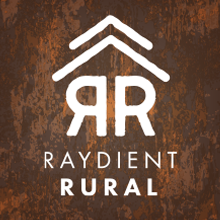






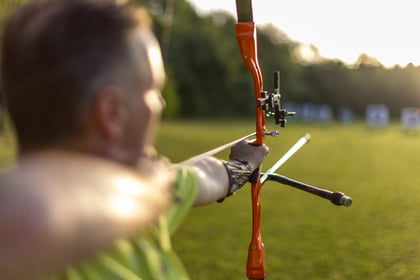
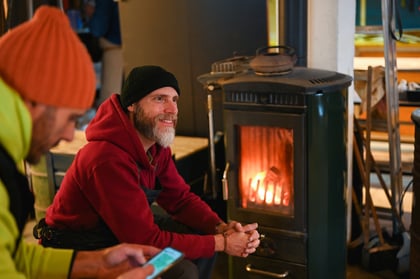
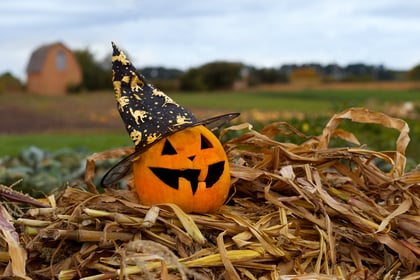
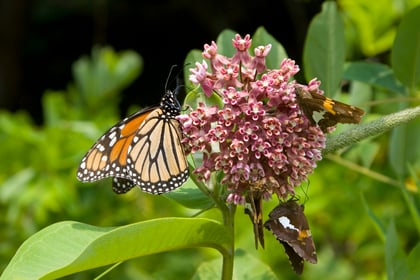
Your email address will not be published. Required fields are marked*